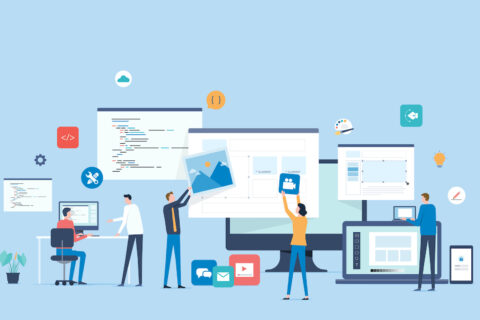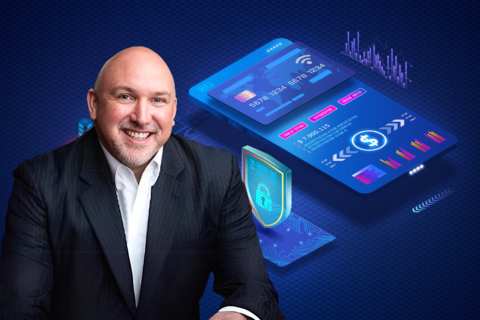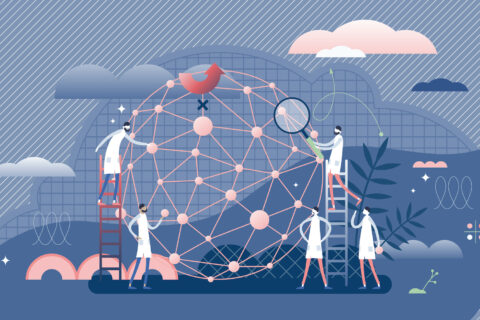Software as a Service (SaaS) provides an alternative for the traditional model of software installation where a server had to be built from scratch and the applications are installed and configured.
But the SaaS model works like a rental where the companies do not have to pay for the software itself, and only pay for the time period that it is authorized to use the software. This model has brought about a massive transformation in the field of information technology.
SaaS becomes ‘new normal’ in business
In practice, SaaS is a leased software that is maintained by the creators of the software and not hosted on a company’s premises. According to Gartner, the global market for SaaS is estimated to begreater than $37.7 billion in 2016.
Historically business were required to build and maintain their own IT infrastructures at exorbitant costs. But today it is possible for businesses to have data warehoused in the cloud which can be easily accessed with the help of a business intelligence software running as a service thereby connecting to cloud-based ERP such as Microsoft Dynamics or NetSuite.
Over time, cost savings usually run into the millions.
For small and medium-sized businesses (SMBs), web-based applications delivered via SaaS provide cost-effective IT alternatives. Many of the SaaS products cover multiple categories and enhance business operations from email marketing and productivity tools to help desk, CRM, social media software and more.
Business benefits of using SaaS
Here’s a look at the top benefits of Software as a Service (SaaS) for small businesses.
1. Low initial cost
Unlike traditional software applications which require hefty license fees, SaaS is typically sold on a subscription basis that includes maintenance, upgrades, and customer support. Moreover, the infrastructure is managed by the SaaS provider which saves on IT costs that generally accompany software and hardware.
With SaaS, businesses only pay for what they need. Also, have to keep any provision for installing the software as the vendor takes the responsibility of providing the APIs and carries out most of the tasks to get the software up and running.
2. Easy integration
Businesses have to deal with a lot of scenarios when it comes to integrating with on-premise systems. But SaaS solutions rely on a common set of application programming interfaces (APIs) and web service protocols, making integration easier compared to on-premise traditional applications.
However, specialized skills and tools might still be required to fully integrate SaaS applications to data sources or legacy applications.With true multitenant architectures, SaaS vendors can effortlessly meet customer demand by scaling indefinitely.
To meet specific needs, customization capabilities can also be provided by SaaS vendors apart from providing APIs that allow business enterprises to integrate with business productivity systems or existing ERP systems. Integrating SaaS allows businesses to cleanse, replicate, and seamlessly and securely synchronize their SaaS app data with on-premise databases and business applications.
3. Speed up access to innovation
Software as a Service (SaaS) has evolved beyond inefficient product management through inference, towards a rapid cycle of innovation which is purely based on real-time view of the use of applications by customers, made possible by the usage of tracking mechanisms.
The architecture of SaaS products helps businesses effortlessly update and upgrade software apps which would not have been possible with legacy software counterparts.
This allows innovation sharing with peers without having to worry about unique configurations being disrupted by enhancements. With a SaaS product, upgrades are seamless and users will always have the latest version with instant access to new features and capabilities as and when they become available.
4. Higher adoption rates
SaaS solutions are available from multiple devices via familiar web browsers which results in virtually no learning curve when a new solution is adopted company-wide. This also encourages businesses to adopt more solutions that can positively impact business outcomes.
This can be especially important considering the high cost involved with the development and implementation of on-premises software vs. the low cost of entry for SaaS. SaaS vendors will not invest in off-the shelf software or custom software that customers will not adopt.
5. Reduced time to benefit
Unlike traditional models, the SaaS model has the software application already installed and configured allowing businesses to establish the server for the cloud and have the application ready for use. This drastically cuts the time to benefit allowing for rapid prototyping and demonstrations.
Various SaaS vendors offer free trials which help businesses gauge the benefits of implementation before investing in a solution. In-short, when pre-optimized and pre-configured software is made available over a web browser, implementation time decreases drastically resulting in significantly reduced time to benefit.
According to 2015 ERP Report, businesses implementing SaaS increased to 33% compared to just 4% in 2014. As SaaS simplifies deployment and considerably reduces customer acquisition costs, it is rapidly gaining in popularity.
Many businesses also choose to outsource specific solution requirements to an expert SaaS development service provider to gain a competitive edge in today’s global market. The market for SaaS is also growing quickly since vendors can support various customers with a single version of the product. This multitenancy approach allows business to scale up operations without having to invest in expensive infrastructure or additional IT staff to manage it. The benefits are virtually endless.
This article has been edited and condensed.
Arvind Rongala is a Business Development and Marketing Manager for Invensis Technologies, an IT-BPO service provider that has been satisfying the business requirements of clients around the world since 2000. Invensis offers end-to-end mobile application development outsourcing services, including mobile app testing and design of user experience. This is a part of Invensis’ comprehensive umbrella of IT outsourcing services that includes on premise solutions, software testing, web, mobile, cloud application development and platform development, among others. Connect with @invensis on Twitter.
© YFS Magazine. All Rights Reserved. Copying prohibited. All material is protected by U.S. and international copyright laws. Unauthorized reproduction or distribution of this material is prohibited. Sharing of this material under Attribution-NonCommercial-NoDerivatives 4.0 International terms, listed here, is permitted.













